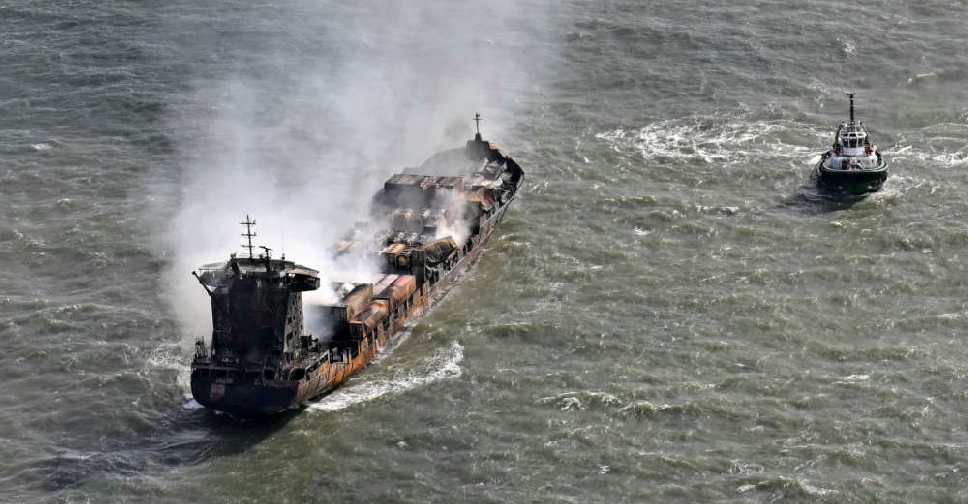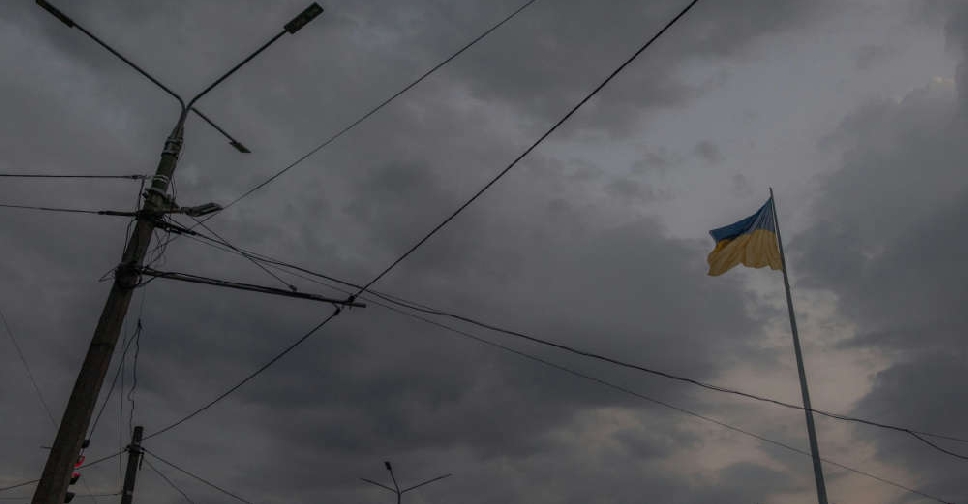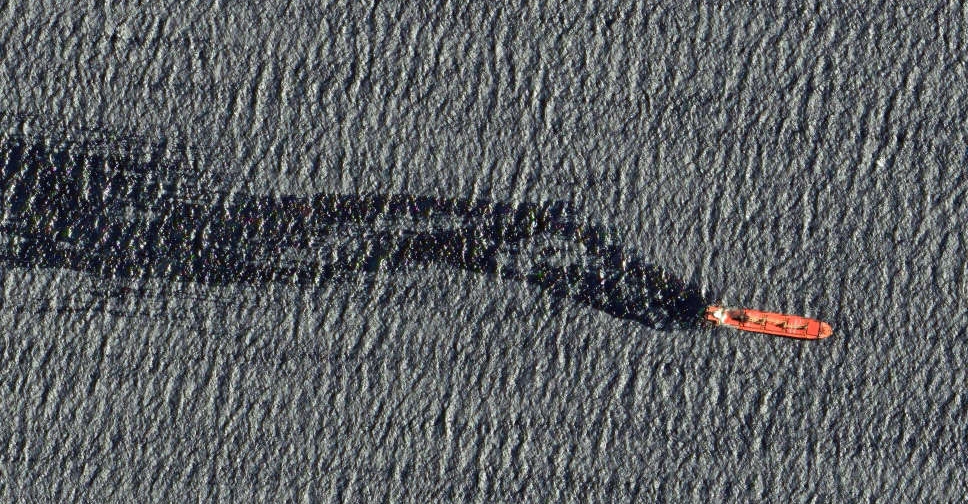
Floodwaters from Typhoon Doksuri continued to deluge farms and cities in northeast China on Saturday, while authorities in other parts of the country struggled to deal with the aftermath of one of the strongest storms in years.
Almost 15,000 residents were moved out of the city of Shulan in corn-growing Jilin province, where one person died and four were missing, according to state media.
Rain has fallen continuously in Shulan since Aug. 1, with some areas getting 489 mm (19 inches), five times the previous record. Bridges collapsed and roads were damaged across the city, state media reported.
State news agency China News Service showed images of waterlogged streets around factories and homes in Shulan, a city of more than 700,000.
The impact of typhoons is rare in China's northeast, with most typhoons moving west or northwest after making landfall, meteorological experts say.
The record-breaking rains arrived in late July as the remnants of Typhoon Doksuri moved inland, battering northern China and causing massive floods, disrupting the lives of millions.
Around 1.54 million people had been evacuated from at-risk areas in north China's Hebei province as of Saturday morning, Xinhua reported.
Authorities in Beijing on Saturday warned of sinkholes and mudslides in the Fangshan and Mentougou outer districts of the capital.
Rainfall this past week broke many records in Beijing and northern China, with the vast Haihe river basin hit with its worst flooding since 1963.
Floodwaters could take up to a month to recede in Hebei province, a water resources department official told state media.
Authorities of Bazhou city in Hebei expressed "heartfelt thanks" to residents for evacuating their homes in an area where floodwaters had been diverted for storage, and said a review for disaster compensation for damaged agricultural production and housing would take place when the flood recedes.

 Hijackers making Pakistan hostage rescue complicated, source says
Hijackers making Pakistan hostage rescue complicated, source says
 Captain arrested in UK ship crash is Russian national, owner says
Captain arrested in UK ship crash is Russian national, owner says
 One dead in Russian missile attack on central Ukraine
One dead in Russian missile attack on central Ukraine
 Yemen's Houthis to resume attacks on Israeli ships
Yemen's Houthis to resume attacks on Israeli ships
 Trump's steel, aluminum tariffs take effect as trade war intensifies
Trump's steel, aluminum tariffs take effect as trade war intensifies




